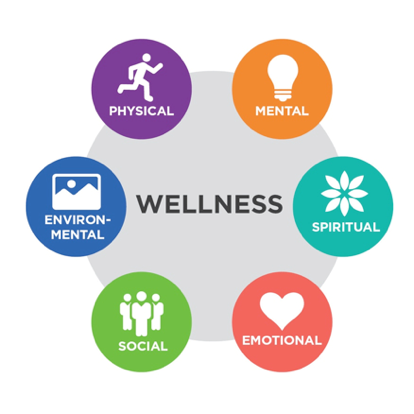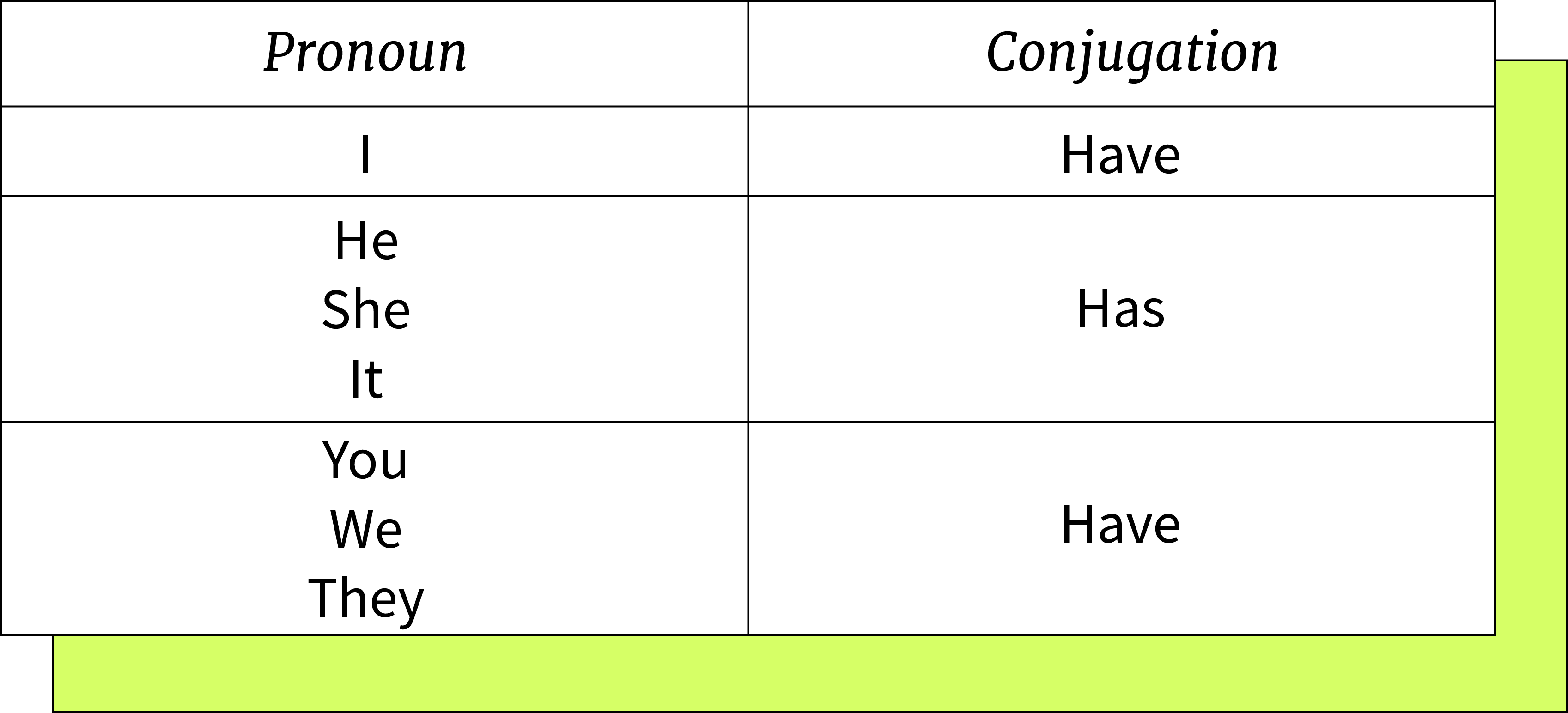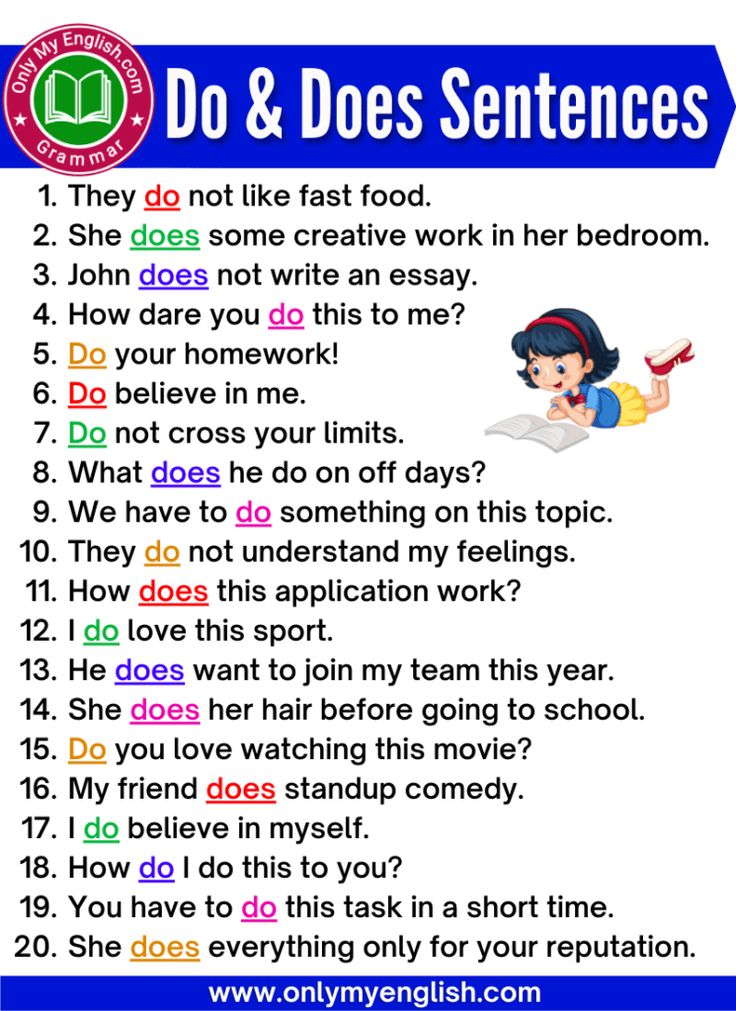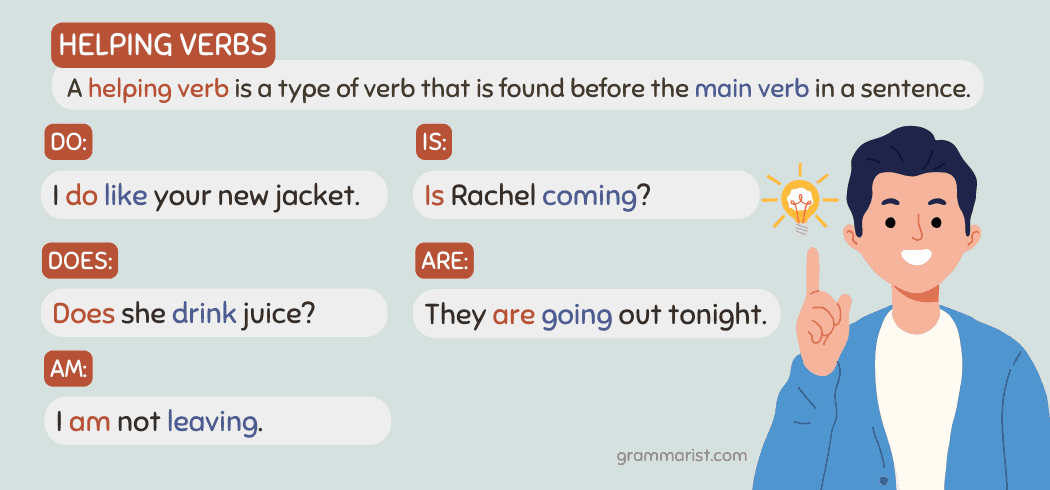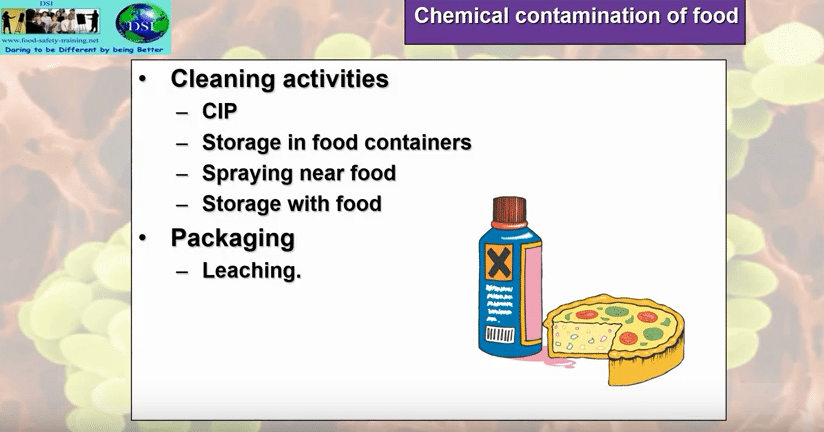Which Dimension of Wellness Includes Optimism, Trust, and Self‑Confidence?
Quick Answer
The dimension of wellness that includes
optimism
,
trust
, and
self‑confidence
is
Emotional Wellness
.
[1]
[2]

Source: simple.wikipedia.org
What Emotional Wellness Means
Emotional wellness is the capacity to understand, express, and regulate your feelings while maintaining positive relationships and a constructive outlook. It typically encompasses self‑awareness, resilience, stress management, and balanced self‑regard-elements closely tied to optimism, trust, and self‑confidence. According to the National Wellness Institute’s six‑dimension model and institutions that apply it, the emotional dimension involves enthusiasm about life, realistic self‑assessment, autonomy, effective coping, and sustaining satisfying relationships.
[1]
[2]

Source: digitash.com
Why Optimism, Trust, and Self‑Confidence Belong in Emotional Wellness
Optimism
reflects your explanatory style-how you interpret setbacks and possibilities. In emotional wellness, optimistic thinking supports resilience and adaptive coping, helping you manage stress and pursue goals even amid uncertainty.
[2]
Trust
influences how safely you share feelings and build supportive relationships, which are central to emotional regulation and well‑being. Environments and habits that foster trust improve communication, reduce isolation, and strengthen coping during challenges-core aims of the emotional dimension.
[1]
Self‑confidence
rests on realistic self‑appraisal and autonomy-being able to act despite imperfection. Emotional wellness emphasizes balanced self‑regard, acknowledging strengths and limits, managing feelings, and taking constructive action, all of which build stable confidence.
[1]
How Emotional Wellness Fits Within Holistic Models
Wellness models vary in the number of dimensions they include, but
all
recognize an emotional component. The National Wellness Institute advances six dimensions (Emotional, Physical, Intellectual, Occupational, Spiritual, Social), each interdependent.
[2]
[1]
Some universities and agencies use expanded frameworks with eight or more dimensions, but the emotional dimension remains a core pillar across models.
[3]
Practical, Step‑by‑Step Plan to Build Optimism, Trust, and Self‑Confidence
1) Strengthen Optimism Through Cognitive and Behavioral Habits
Goal: Shift toward hopeful, reality‑based thinking that fuels action.
Steps:
- Catch the thought: When you feel discouraged, write the automatic thought (e.g., “I always mess up”).
- Test the evidence: List three facts that contradict all‑or‑nothing thinking. Replace with a balanced statement (“I struggled today, but I’ve improved before and can improve again”).
- Practice gratitude: Note three specific things you appreciate each day; tie each to a cause you influenced to reinforce agency.
- Schedule approach goals: Pick one small, controllable action daily (email outreach, 10‑minute walk). Momentum sustains optimistic expectations.
Example: Before a certification exam, you replace “I’ll fail again” with “I improved my practice scores by 12 points last week; today I’ll focus on weak topics for 45 minutes.”
Challenges and solutions: If balanced thoughts feel fake, anchor them to verifiable facts (scores, feedback). If rumination persists, set a 10‑minute “worry window” and return to tasks afterward.
Alternative approaches:
Brief journaling, solution‑focused questions (“What’s the next smallest step?”), or guided mindfulness through campus or local counseling services often listed under emotional wellness resources.
[3]
2) Build Trust Through Consistency and Clear Boundaries
Goal: Create reliable, safe interactions that encourage emotional sharing and support.
Steps:
- State expectations early: In team settings, clarify roles, deadlines, and communication channels to reduce ambiguity.
- Honor micro‑commitments: Treat small promises (replying by end of day) as seriously as large ones; consistency signals trustworthiness.
- Set boundaries: Kindly communicate limits (“I’m available 2-4 PM”). Boundaries reduce resentment and model respect.
- Repair after missteps: Acknowledge impact, state what you’ll do differently, and follow through. Repairing strengthens trust more than perfection.
Example: A manager who missed a check‑in reschedules within 24 hours, acknowledges the delay, and implements a shared calendar reminder. Team trust improves as predictability grows.
Challenges and solutions: If others resist boundaries, repeat them calmly and offer alternatives (“I can’t meet now, but I can send a summary by 3 PM”). For fragile teams, begin with low‑stakes commitments to rebuild reliability.
Alternative approaches:
Use structured meeting agendas, shared documents, and brief feedback loops to increase transparency and reduce misunderstandings-practices that support the social side of emotional wellness.
[1]
3) Grow Self‑Confidence with Evidence‑Based Mastery
Goal: Earn confidence through realistic self‑assessment, skill practice, and reflection.
Steps:
- Define scope: Specify a narrow skill (e.g., “deliver a 3‑minute status update clearly”).
- Deliberate practice: Rehearse in short sets; record, review, and adjust one variable at a time (pace, eye contact).
- Seek targeted feedback: Ask for one strength and one improvement point to avoid overload.
- Track wins: Keep a brief log of efforts and outcomes to counter negativity bias.
Example: Preparing for a stakeholder briefing, you rehearse twice on video, adjust your opening hook, and ask a colleague for one note. The measured upgrade builds earned confidence.
Challenges and solutions: If perfectionism blocks action, set a “good‑enough” bar (80% quality) with a timebox. If fear spikes, pair brief exposure (one slide today) with supportive self‑talk grounded in prior progress.
Alternative approaches:
Peer practice groups, campus speaking labs, or community workshops can supplement self‑guided efforts typically offered under student wellness or counseling services.
[3]
Integrating Emotional Wellness with Other Dimensions
Emotional wellness improves when you align habits across dimensions:
-
Physical:
Sleep, movement, and nutrition support mood regulation and stress tolerance.
[2]
-
Social:
Supportive ties reinforce trust and buffer stress-key for sustained optimism.
[1]
-
Intellectual/Occupational:
Purposeful learning and meaningful work cultivate mastery, autonomy, and confidence.
[2]
If your organization or school uses a different framework (six, eight, or nine dimensions), you can still locate programs under “emotional” or similarly named categories for counseling, stress skills, or resilience training.
[3]
How to Access Emotional Wellness Resources
Depending on your setting, you may find support through counseling centers, wellness programs, or community health services. If you are at a university, you can:
-
Search your institution’s health portal for “emotional wellness,” “counseling services,” or “resilience workshops.” Many universities host skills groups and coaching under their wellness pages aligned with recognized models.
[3]
-
Look for peer‑led programs or mental health maps that point to crisis lines, counseling intake, and skill‑building calendars-common features on campus wellness sites.
[3]
-
Ask your HR or student affairs office for workshops on stress management, communication, and confidence‑building; these are often cataloged under emotional or social wellness tracks.
[2]
If you are not affiliated with a school, you can contact your primary care clinic for referrals to licensed counselors, or search for “emotional wellness programs” and “cognitive behavioral skills groups” in your city. Many community organizations provide sliding‑scale options.
Putting It All Together: A 30‑Day Emotional Wellness Sprint
Use this structured approach to build optimism, trust, and confidence in one month:
- Days 1-7: Thought tracking, evidence checks, and daily gratitude. Two 10‑minute actions toward a meaningful goal.
- Days 8-14: Define one boundary and communicate it kindly. Keep one micro‑commitment per day; log completions.
- Days 15-21: Choose a narrow skill, practice in short reps, and request one piece of feedback after each attempt.
- Days 22-30: Combine: optimistic reframes before tasks, boundary‑aligned schedules, and a visible “wins” list. Review and adjust weekly.
Expected outcomes (typical, not guaranteed):
Clearer self‑talk, improved follow‑through, higher perceived support, and a steadier sense of self-hallmarks of emotional wellness.
[1]
[2]
Key Takeaways
-
Answer:
Optimism, trust, and self‑confidence are core elements of
Emotional Wellness
.
[1]
[2]
- Apply it: Use cognitive reframing, consistent micro‑commitments, clear boundaries, and deliberate practice to strengthen these traits.
-
Access support:
Explore counseling and skills programs listed under your organization’s wellness or student health services pages.
[3]
References
MORE FROM eboxgo.com
